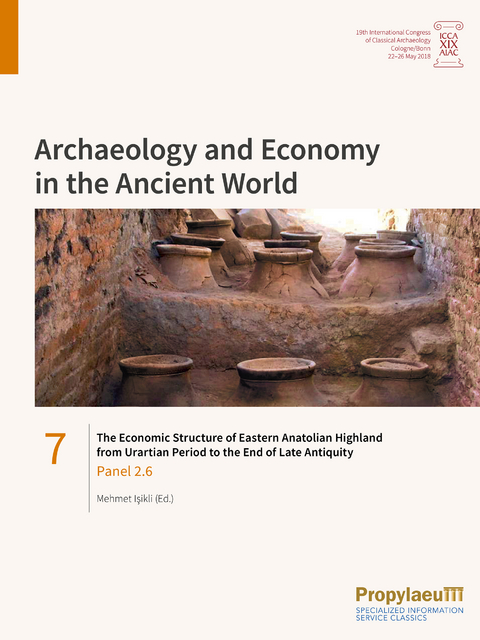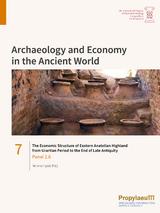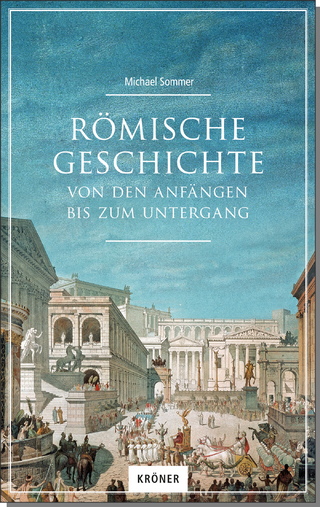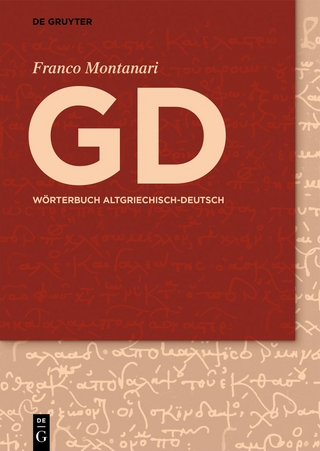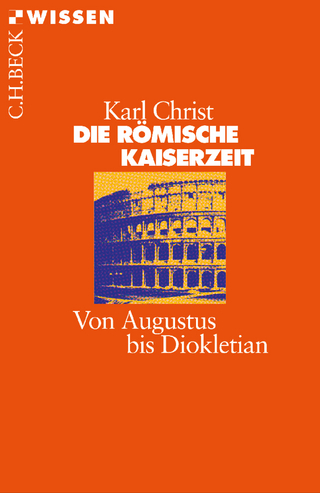The Economic Structure of Eastern Anatolian Highland from Urartian Period to the End of Late Antiquity
Mehmet Işıklı ist Professor für Archäologie an der Atatürk-Universität in Erzurum, Türkei. Er beschäftigt sich hauptsächlich mit der Archäologie des Südkaukasus und Ostanatoliens, insbesondere mit der Kura-Araxen-Kultur, die ein Charakteristikum dieser riesigen Region ist, und dem Königreich Urartu, das die Eisenzeit in der Region prägte. Diese Kulturen waren auch Gegenstand eines internationalen Symposiums der ostanatolischen und südkaukasischen Kulturen (EASC), das 2013 in Erzurum stattfand. Mehmet Isikli war einer der Redakteure dieses Symposiums, dessen Schriftenreihe 2015 im Cambridge Scholar Publishing (CSP) veröffentlicht wurden. Darüber hinaus ist Mehmet Isikli seit 2013 Leiter der Ausgrabungen in Ayanis, einer urartianischen Burg am Ufer des Van-Sees in der Osttürkei. Mehmet Işıklı hat eine Reihe von Artikeln, Vorträgen, Präsentationen und Büchern über die Archäologie dieser bemerkenswerten und immer noch etwas mysteriösen Region in Ostanatolien und im Südkaukasus veröffentlicht.
| Erscheinungsdatum | 20.07.2022 |
|---|---|
| Reihe/Serie | Archaeology and Economy in the Ancient World ; 7 = Session 2, Panel 2.6 |
| Zusatzinfo | Illustrationen |
| Verlagsort | Heidelberg |
| Sprache | englisch |
| Maße | 210 x 280 mm |
| Gewicht | 298 g |
| Themenwelt | Geisteswissenschaften ► Archäologie |
| Geschichte ► Allgemeine Geschichte ► Altertum / Antike | |
| Schlagworte | Ostanatolien • Straßen • Urartu • Viehzucht • Wirtschaft |
| ISBN-10 | 3-948465-74-6 / 3948465746 |
| ISBN-13 | 978-3-948465-74-2 / 9783948465742 |
| Zustand | Neuware |
| Haben Sie eine Frage zum Produkt? |
aus dem Bereich
